Today, as I write this from my home in California, I’m exactly six months and 5,600 kilometres away from a cycling trip in Colombia earlier this year. So much time has passed. So much has happened. The world feels turned inside out and for all of us, our lives are different. Even going through Juan’s copious photos, scrutinising his shots for clues that will connect me back to that place and a time that is vastly different from today, my internal movie of it all is hazily ethereal. Memory is a magical, tricky partner and you should not trust mine. I certainly don’t, but I do console myself with a quote by Colombian novelist Gabriel Garcia Márquez in One Hundred Years of Solitude:
“A mi me bastaría con estar seguro de que tu y yo existimos en este momento.” (It’s enough for me to be sure that you and I exist in this moment.)
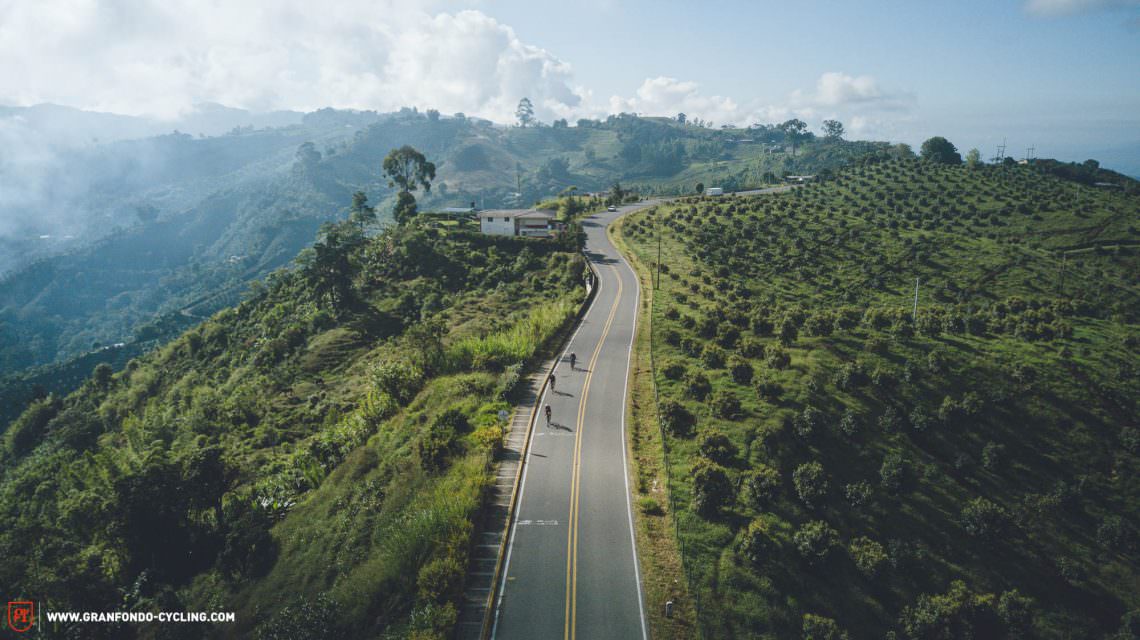
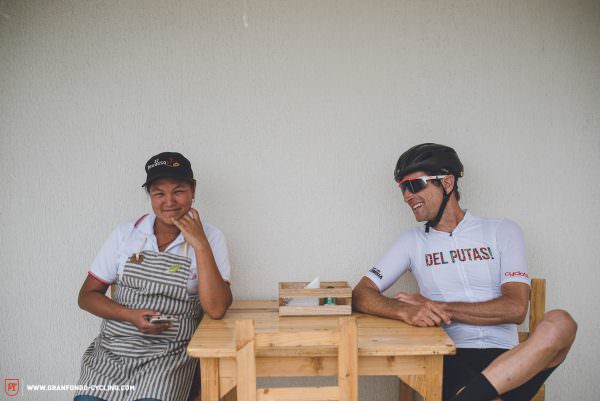
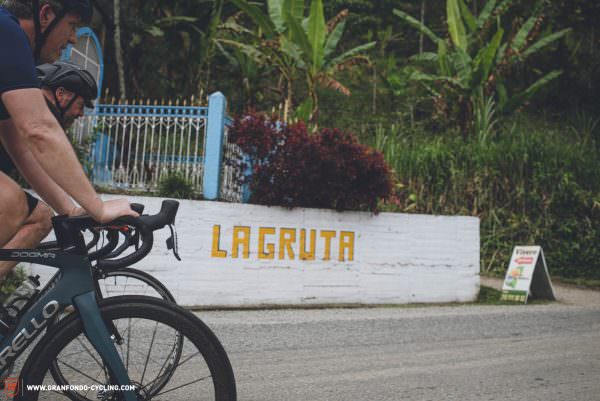
I scroll past image after image, compelled to find my way back through the mental shadows to a more immediate picture, asking myself, “Were we really in Colombia just before Covid-19? Why were we there? How did that happen?” There is someone who looks like me in these photos, perhaps a little fitter and more in tune with his bike than the version of me today. I see photographic versions of my ride companions Jeff, Tomás, Lars, and Bradley too. They’re wearing helmets and kit and are riding bikes. These are very different visions than the sporadic long-distance views we now get of one another on Zoom in the time of Covid-19.
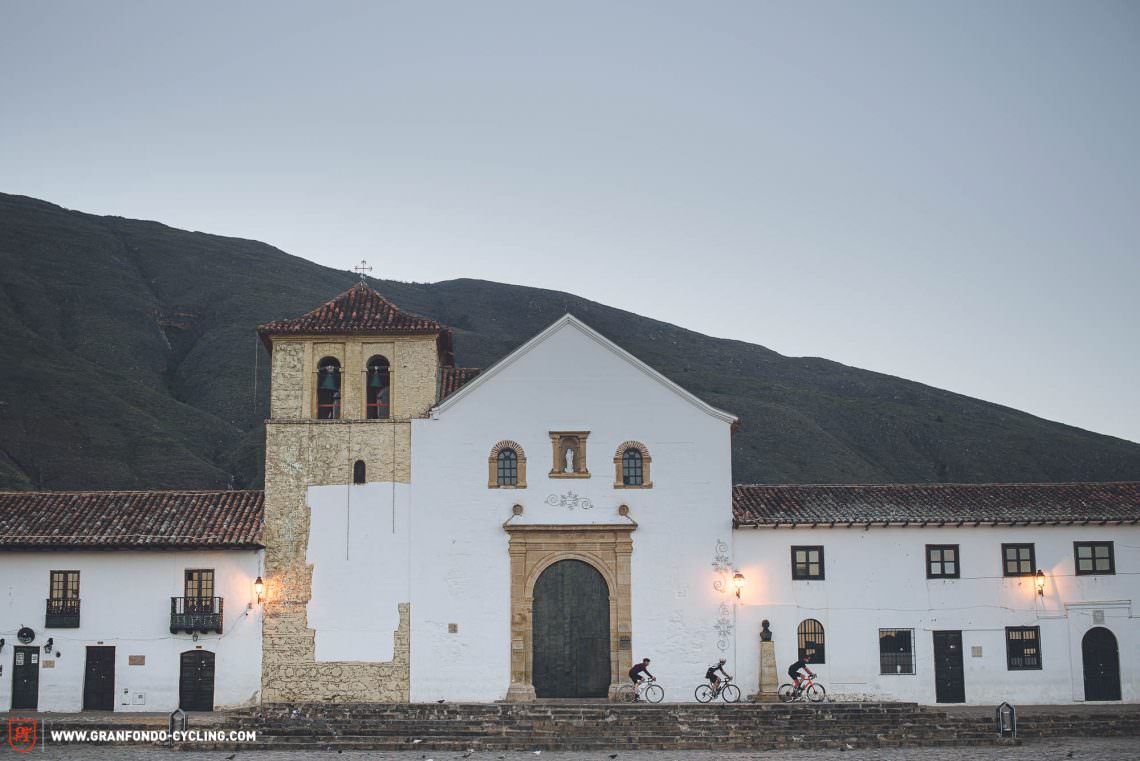
When we have collectively passed through this viral storm, unclear as my recall may be, I want to give you a reason to bring your friends and bikes to Colombia. I want you to experience its climbs and descents and feel enveloped in its swaying rhythms. I must, therefore, weave our way back there for us, exploring the contours of my fading memory to reconstruct the story. We may take liberties with the narrative, and I may tell you exotic lies, but I’m the only guide you’ve got. It will have to be enough for us that you and I exist in this moment.

As my flight begins the final descent into Bogotá, it’s not even 5 am. The sprawling metropolis below is hidden in total darkness and only now do I begin to notice feeling a familiar cocktail of anxiety and excitement that inevitably comes with landing in a new country for the first time. The gravitational forces of our rapidly speeding return to earth only amplify my uneasiness. While at that moment, I have barely registered Covid-19 as little more than a distant headline about a faraway infection, today, with the devastating ramifications of the pandemic as a backdrop, I recall this anxious feeling of experiencing something new as a novel and grateful luxury to be cherished.
The jet pushes towards the runway and I can see lights lining each edge. At the moment we are about to touch down, the pilot suddenly powers up and the jet pulls into a steep climb before banking into a holding pattern high above Bogotá. My neighbour and I instinctively grasp our armrests for stability and stare at one another. She doesn’t speak English and I don’t speak Spanish but the giant “WTF!” in each of our thoughts is entirely universal. The rushing flood of adrenaline recedes, my tensed muscles begin to relax and I wonder what other sensory jolts the coming weeks of riding in Colombia have in store for us.

Tomás Castrillón, our host and ride leader, meets me just outside the terminal. Although we have spoken several times by phone and exchanged countless emails to prepare for this trip, we’ve only once briefly met in person at an international cycling event. Everything up to this moment has been an exercise in trust, which doesn’t come easily to me. I don’t readily cede control, so each trip like this is an exercise in personal growth and practice in learning to have faith that things usually work out. Tomás moves quickly towards the car but Bogotá’s high altitude and thin air slow the pep in my usually quick step. He’s four paces ahead to my one and I’m already reminding myself to practice faith.
Tomás and his company, Cyclotá, are pros. They have hosted cycling tours in Colombia for ten years, catering to riders from around the world to create compelling experiences that weave their way into our collective cycling DNA. In truth, any concerns are entirely my own neurotic baggage.
Morning rush hour in Bogotá is stop-and-go, a cacophonous swirling mass of motorcycles, cars, horns, pedestrians and bikes. It looks like chaos from the comfort of the transport vehicle, but I’ve travelled far and wide enough to recognise the underlying elegance that governs the flow of this mayhem. It’s clear just how central bikes are to daily life here. They are everywhere.

Carlos is driving our transport van as we leave Bogotá behind. He doesn’t speak much English but he smiles a lot. It’s the kind of smile – warm and genuine – that fills any space with oxygen. Juan, our photographer, is up front. He keeps turning back to talk about Colombia, bikes and music. Jeff, one of my oldest friends and riding companions, is a music business executive with eclectic tastes, so they bond quickly. Lars, a Berliner married to a Colombian, has joined us for these first few days of the tour. He owns a marketing communications company in Germany, loves straight-edge punk music, competes in triathlons and laughs a lot. Tomás is in the second support car with Jaime, “The Professor”, a former pro mountain biker and the technical director of a notorious mountain bike stage race called “The Legend of El Dorado”.
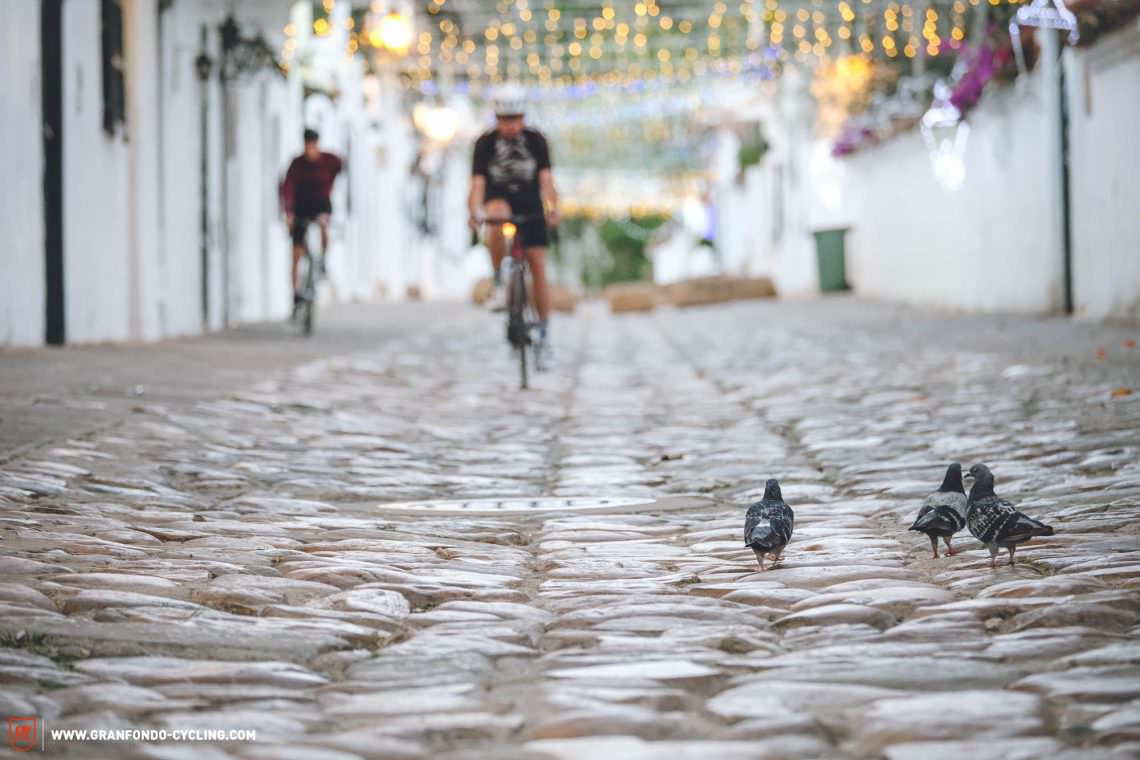
We arrive in Villa de Lleyva, a 400-year-old colonial town in the Boyaca department. This is where early 19th-century revolutionaries, Libertadores, ousted Spanish rulers and forged a nascent Colombian national identity. Nairo Quintana also grew up and trained near here in this mountainous northern edge of the Andes, called the Eastern Cordillera. Our late afternoon is spent riding around the town’s narrow cobbled streets, enjoying the golden light against the whitewashed architecture.
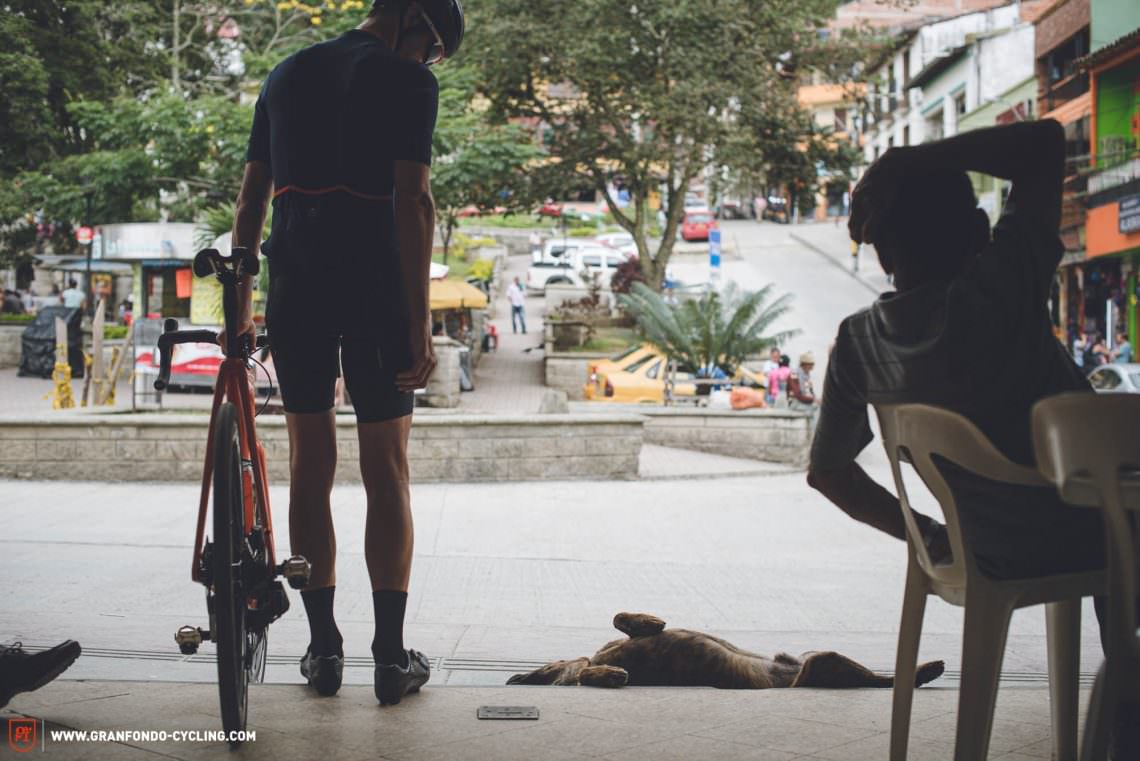
Villa de Lleyva’s 14,000 square metre town plaza is the largest in the country. It is mostly quiet except for small roving groups of bandana-clad people moving about quickly. One group spots us, rushes up and awkwardly asks to take our picture. Then another and another and another. Tomás learns that we’ve landed in the middle of a corporate team-building scavenger hunt of sorts and somehow they needed to meet a group of foreign cyclists to complete the task. When one of the scavengers, who is easily 15 centimetres shorter than I am, asks to ride my too large bike, Juan offhandedly remarks, “Don’t give away your papaya.”
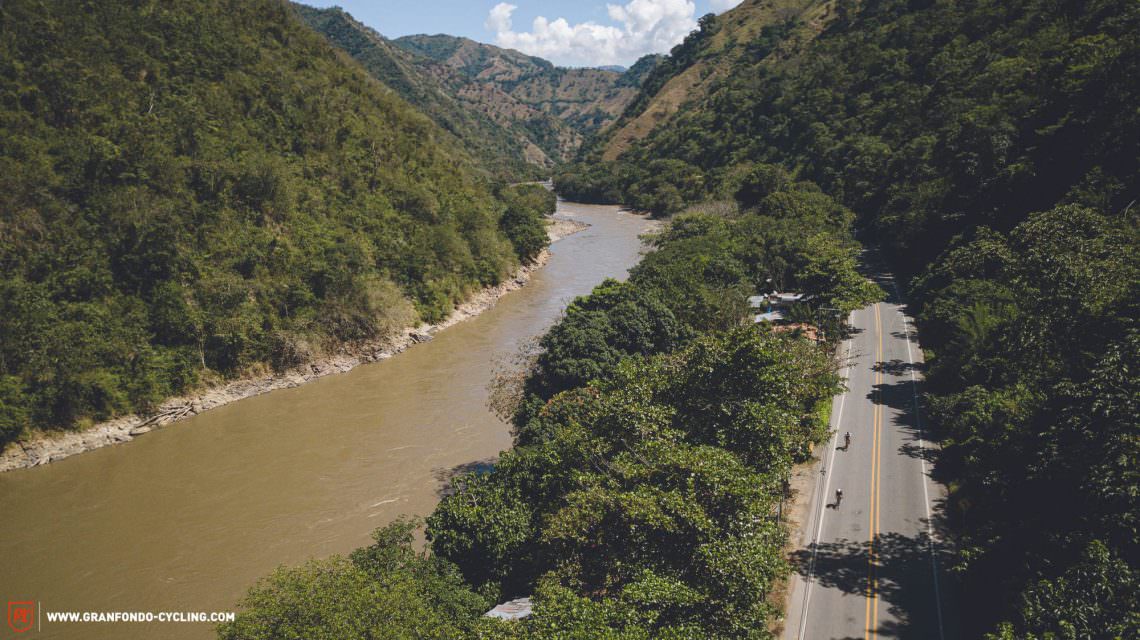
For several days, we wind our way back into Bogotá over countless mountain tops and through long river valleys. Tomás has designed this leg as a prologue, an appetiser for a larger adventure, but I somehow recall it as a full meal of sensory overload. In my memory, the pages of our journey are decorated with images of remote villages, farmers in donkey carts, old men drying coffee beans on dusty blankets, feral dogs sleeping deeply under whatever shade they might find and women selling arepas and exotic fruit juices from isolated roadside stands.
It’s sometimes said that the moment of recovery for an addict begins with being just intoxicated enough to hear the message in just the right way. Our long hours in the saddle, cresting 3,000 metre climbs followed by long, winding, attention-demanding descents have a way of layering on just the right amount of fatigue for me to start hearing Colombia’s message. Here, in Boyaca, I stop struggling against my own Spanish language limitations, cease attempting to dissect every word for literal meaning and begin the process of listening with an accepting, feeling heart.

The most rewarding cycling tours are crucibles where emotional bonds are quickly forged in the furnace of collective fatigue and shared memories. After three days of soulful riding together, we make our final climb over Altos de Patios and descend into Bogotá. This one is fast, exhilarating and adrenaline-rushing, but far less nerve-wracking than my flight’s arrival a few days earlier. Regrettably, Lars must leave us in Bogotá to visit family in Cali. I’ve been going back and forth to Germany for 30 years, so his place in our trip is comforting, familiar and organic to me. Before Lars has even left us, I feel nostalgia for the energy he injected into our group.
Bradley, an acquaintance from Los Angeles, joins us in Bogotá. New personalities create a new dynamic, which brings its own team rhythm. It’s a fitting changeover that marks the transition into a heftier segment of our journey: riding across the Central and Western Cordillera ranges of the Andes to Medellín.

It’s Sunday and the village of Subachoque teems with cyclists during our first ride together. It’s refreshing to see nearly as many women riding as there are men. Everyone is milling about, laughing, comparing notes on the climb and descent to get here, enjoying their coffee and cassava cakes (called yuca) in the shadow of the town’s cathedral on a beautiful day. Though technically a part of greater metropolitan Bogotá, tiny Subachoque feels a world away. This is a natural stop on the day’s route that also highlights just how in love with cycling Colombians truly are. Looking back, this will be the last time I am surrounded by so many riders gathered together in the shared love for a sport that connects them.
Our stop is brief because there are many hours of pedalling ahead. This is Bradley’s first full day of riding here and he eagerly attacks the smoothly paved roads that traverse this mountainous terrain, which rises out of the Bogotá savanna. The final stretch of the ride is a five-kilometre dirt road climb into a thick, tropical cloud forest. Feeling undergeared, ill-prepared for the steeper sections and anxious, Jeff struggles somewhere behind. Admittedly, the climb seems longer than advertised. Just as I begin to feel disoriented and lost in the forest, a large gate swings open. Two cheerful men welcome us inside and we roll into our home for the night: a boutique eco-resort in the middle of a stunningly lush coffee plantation. Hidden away on this distant farm, feeling the cool mountain air, we willingly lose any sense of the outside world and allow ourselves to just be.
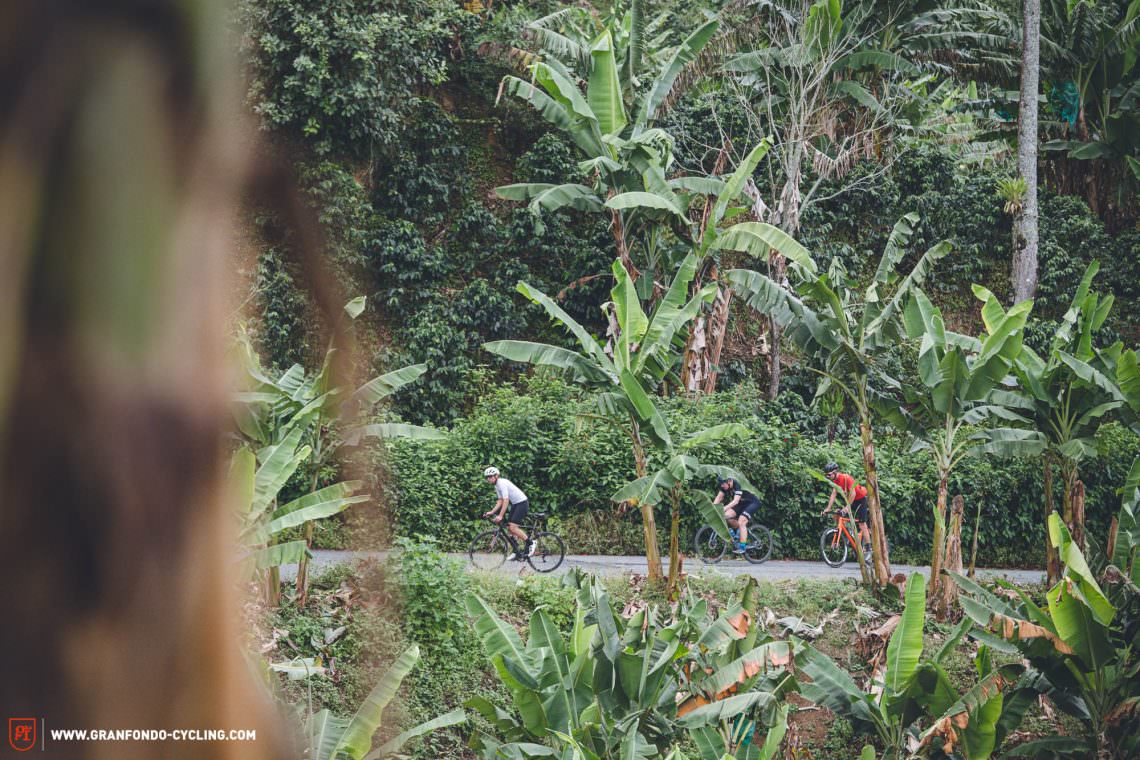
For the remaining days, we journey towards Medellín, crossing the Central and Western Cordillera to get there. Not so long ago, Colombia was mired in a vicious drug and civil war between the national military, narcos, leftist guerillas, right-wing paramilitaries and United States government agencies. Tomás guides us to the heart of where these combatants waged some of their most ferocious fighting in that long conflict. As we venture deeper into the region, I scan for scars of the era. Instead, we find the gentle, focused energy of people living their everyday lives and building a future for themselves. Perhaps, preferring not to put them on display, the jungle has grown over those old wounds, absorbing them into a fertile cycle of life, death and rebirth.
Alto de Letras, billed as the world’s longest climb, comes three days into this leg of the trip. While Jeff and Bradley ride their way into form on this behemoth, I experience Letras from the passenger seat of Jaime’s car, sick and trying to hold down the Alka-Seltzer I’m sipping. From this vantage point, it looks like something I would enjoy climbing. The relentless switchbacks, narrow road and thinning air however, are more challenge than I can handle on this day.
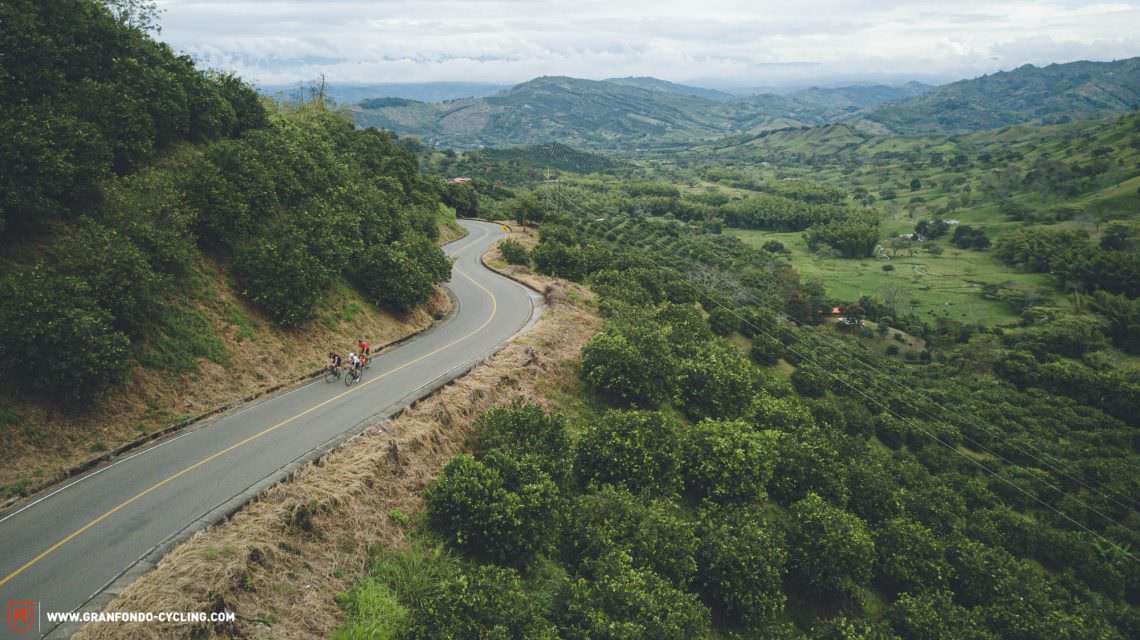
We criss-cross our way over high mountain peaks and down through the hot valleys that surround Colombia’s largest rivers: the Magdalena and the Cauca. These roads sometimes cut dramatic zig-zags up steep slopes packed thickly with coffee shrubs or sugar cane. Hand-painted signs advertise eggs, fresh cheeses and pollo gordo (fat chickens) for sale at roadside family farms. Small, colourful villages seemingly spring out of nothing. From a distance, their ubiquitous cathedral spires peek out above the lush green foliage of the forest, guiding and pulling us toward them as though we were religious pilgrims.
Colombia is a busy country, energetic and in motion. We share its roads with drivers of cars, motorcycles and lorries, all conducting the business of their daily lives. In a country that produces world-class cyclists, they’re used to us but it’s hard for me to escape feeling our leisure activity must get in the way a little. Yet, the drivers are all polite, safe, respectful and often even encouraging with the regular supportive beep of a passing car horn or cheers from passenger windows. These moments are ephemeral but connecting in subtly profound ways. In them, we are all travellers on the same road, acknowledging to each other that we are sharing the same second of time in the same place.
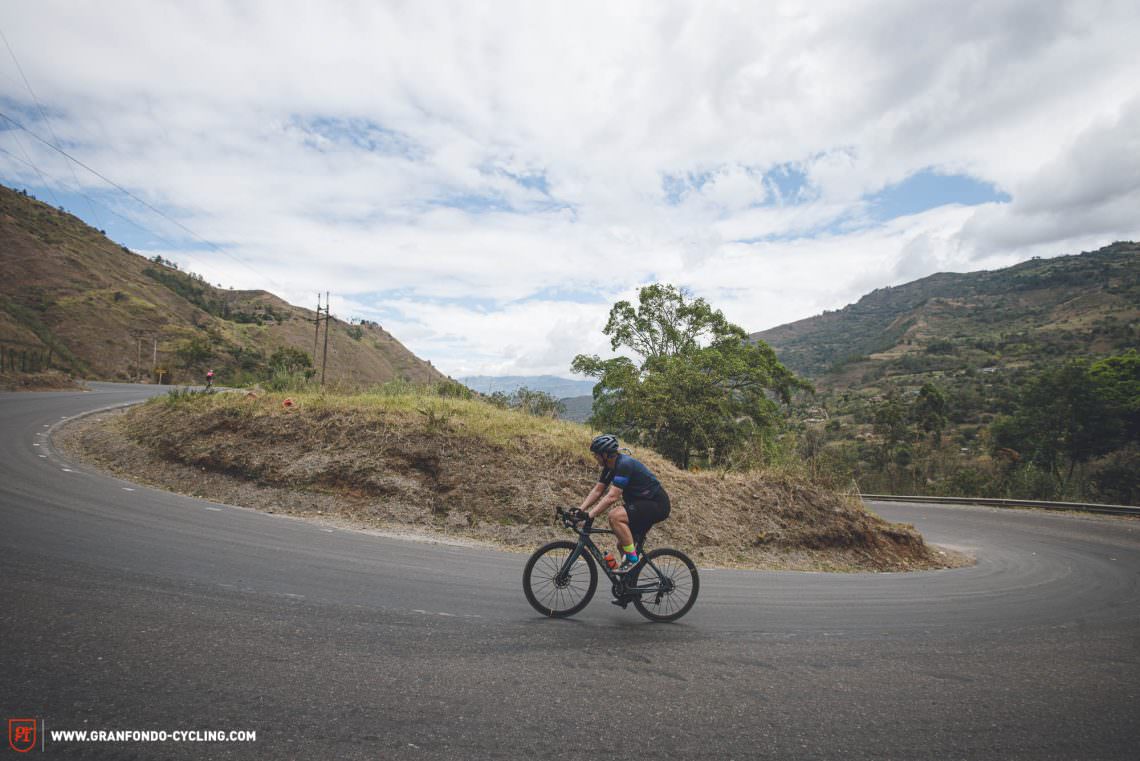
Our final stage leaves behind the hot, muggy Cauca valley floor. The air becomes lighter, cooler and more nurturing as we climb towards Medellín. We ride extra slowly, intentionally savouring the moment and passively refusing to admit our journey is coming to a close. The ride ends at an open-air roadside restaurant. The smoke of grilling meat mixes with our sweat from the day’s effort and we sit quietly, recovering with fruit smoothies. Tomás and Jeff, who share the common trait of having ready and clear access to their emotions, admit the ways this ride has changed them. I envy them their ability but am not there yet.
Getting to the core of my thoughts and emotions is a slow process. It takes me time to locate the deeper meaning of a thing. I have to run them through layers of filters and lenses, exploring the misshapen fragments, to arrive at a place of comprehension. It would be easy to summarise this as a stunning cycling trip with great people but that is too simplistic and too reductive.
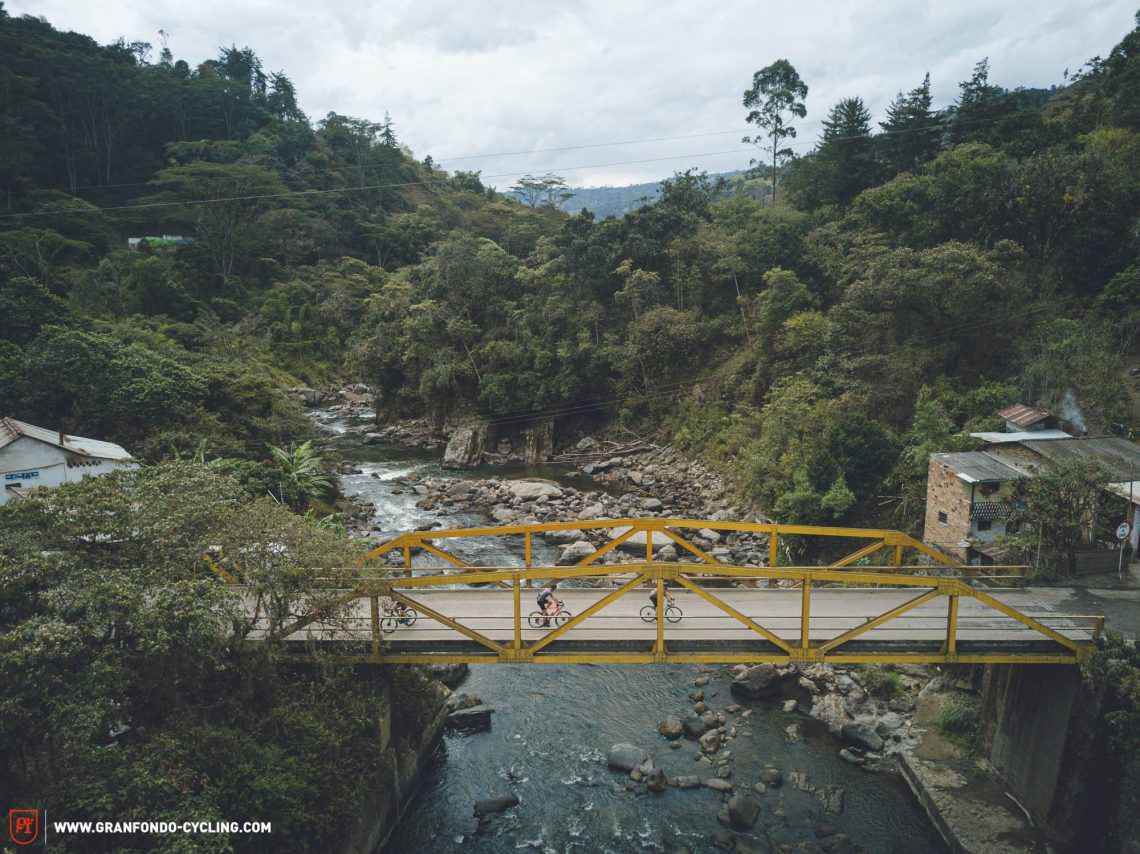
How I interpret our time in Colombia is different today than it was five months ago? The space between then and now must be contextualised by the tectonic biological and cultural forces that have happened since. Beyond the pandemic, my own country is being reshaped in real-time by massive social, economic and political upheaval. This environment necessarily and inescapably colours how I remember and memorialise an experience as seemingly unrelated as this bike trip.
We no longer have a clear idea when any of us will be able to do something like that again, so it has become deeply personal that I see this trip for what it represents today. Since the start of global lockdown, Tomás, Juan, Jeff and I manufacture reasons to interact with each other almost daily. We cherish the times we gather together virtually because it optimistically confirms that we are connected in a lasting way that transcends borders or languages or viruses. They remind us that it is enough for us to be sure that we exist in this moment.
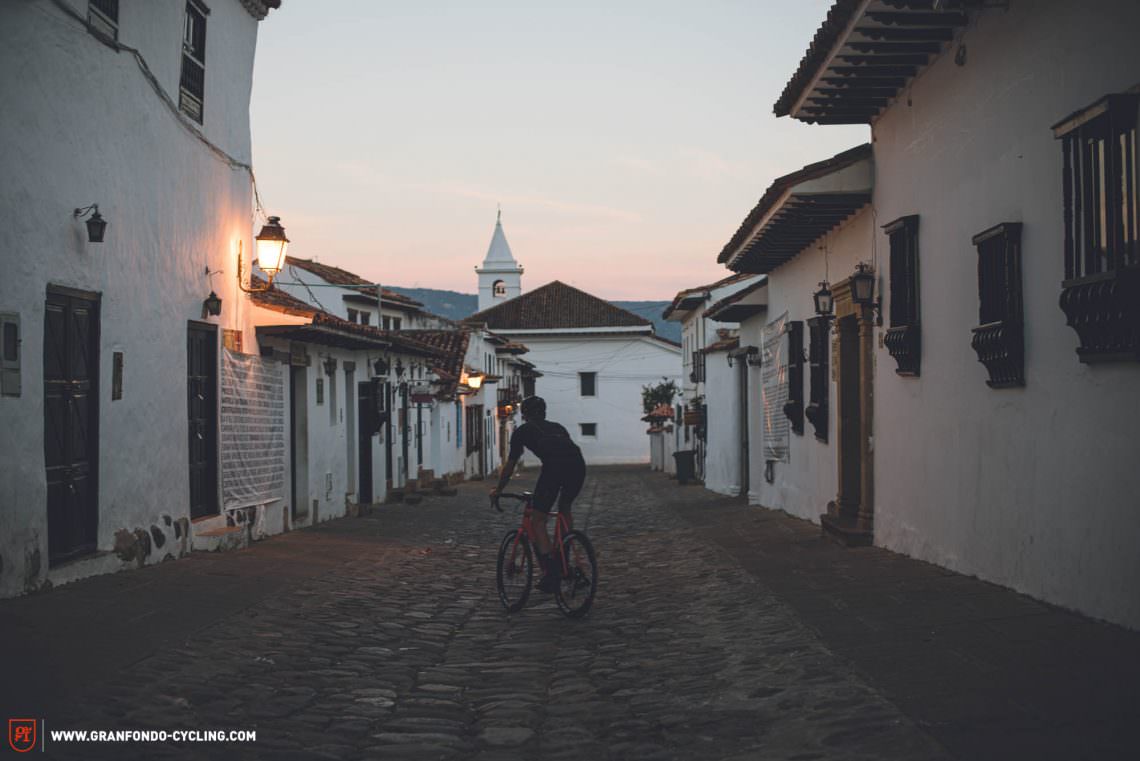
Did you enjoy this article? If so, we would be stoked if you decide to support us with a monthly contribution. By becoming a supporter of GRAN FONDO, you will help secure a sustainable future for high-quality cycling journalism. Click here to learn more.
Words: Bryan M. Yates Photos: Juan Felipe Rubio







